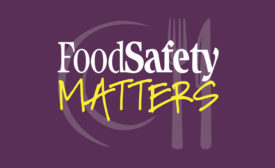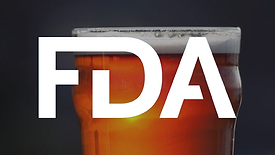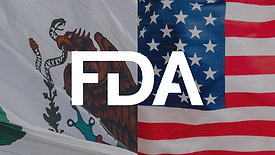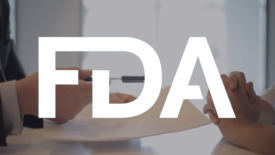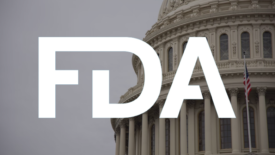FDA
How the Food Traceability Rule will Impact Food Processors—Part 2
Food processors are certainly aware of FDA's Final Food Traceability Rule, but many are not sure how they will be affected by it
April 10, 2023
Recall Regulatory Partners' Efforts to Improve Integration Expands Nationwide
The 2022 Recall Integration Partnership Project expanded upon critical state and federal partnerships to improve response capabilities during recall events
April 7, 2023
Never miss the latest news and trends driving the food safety industry
eNewsletter | Website | eMagazine
JOIN TODAY!Copyright ©2024. All Rights Reserved BNP Media.
Design, CMS, Hosting & Web Development :: ePublishing

